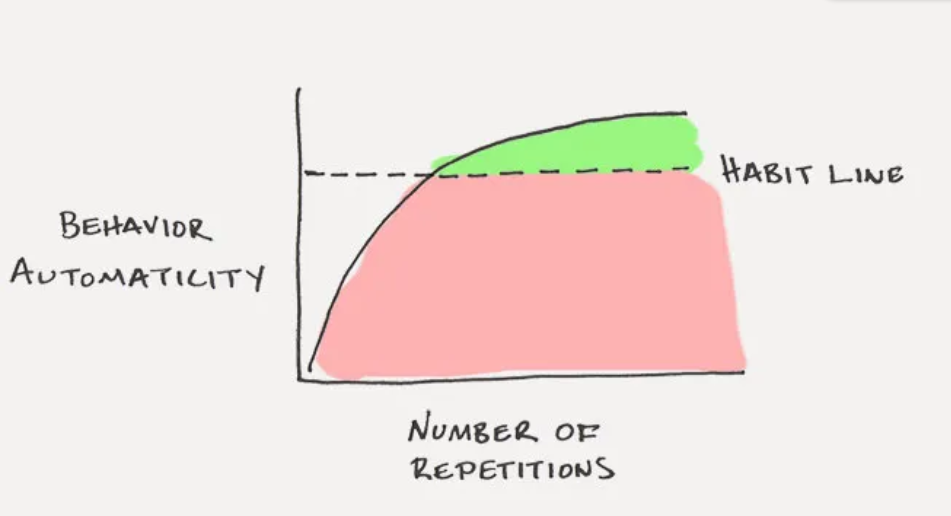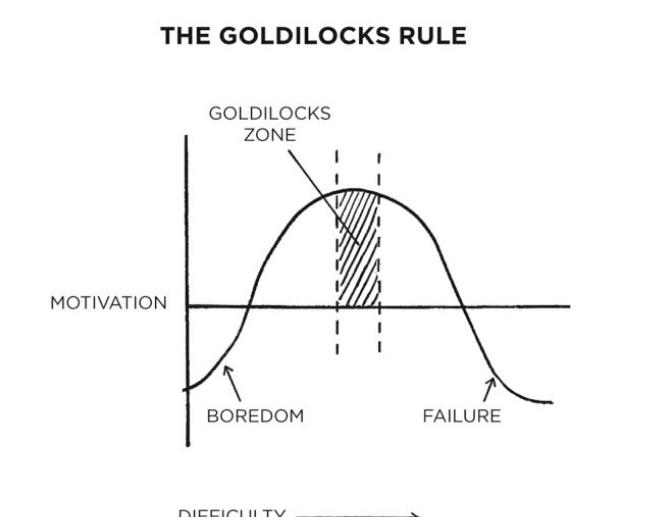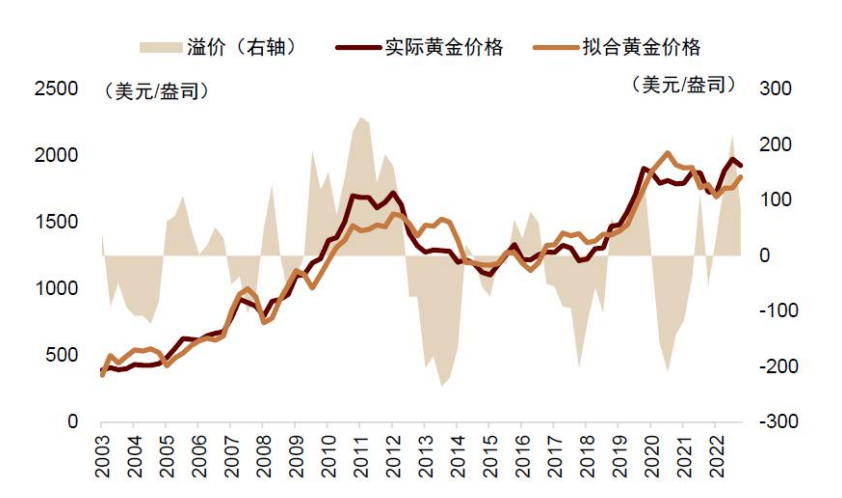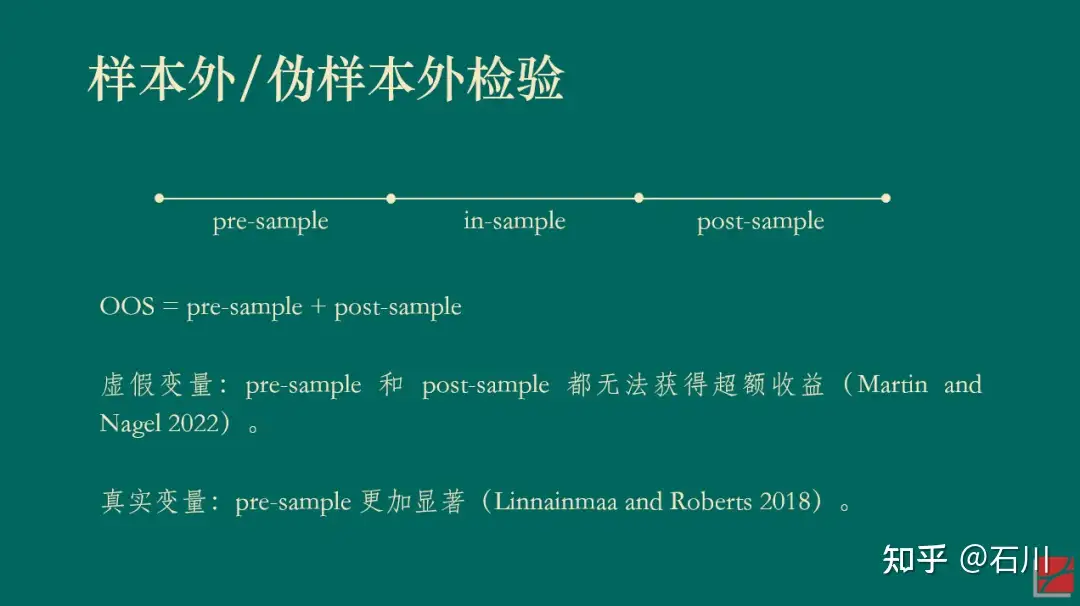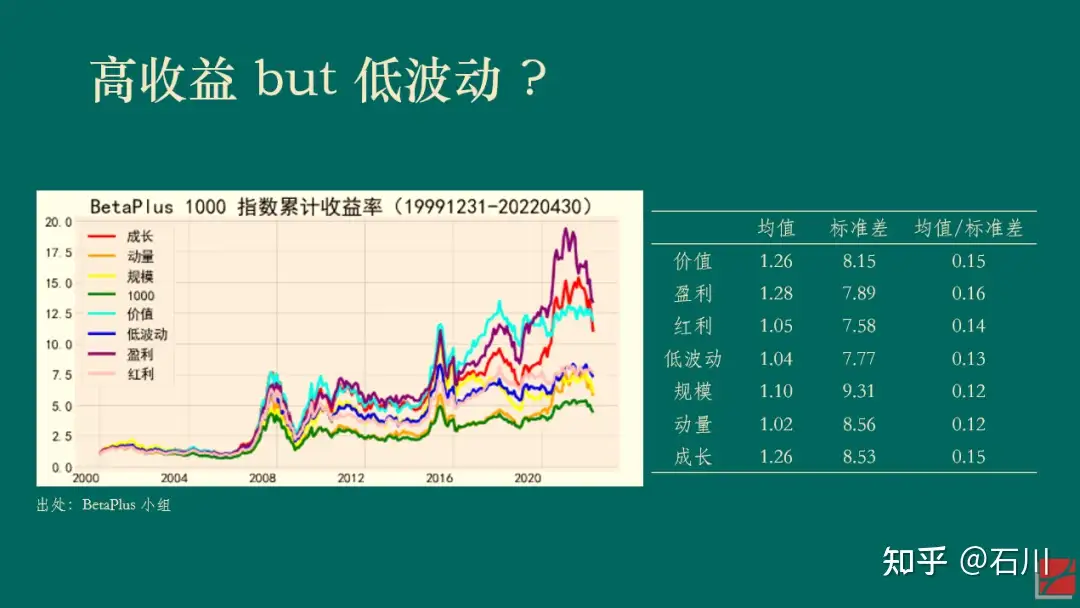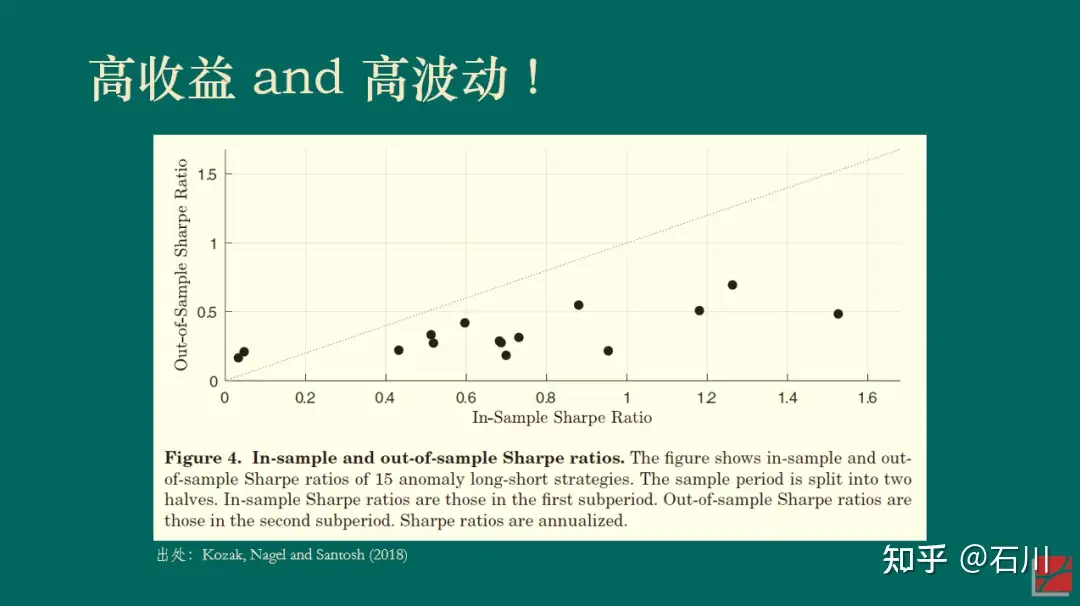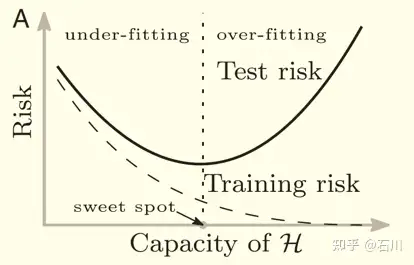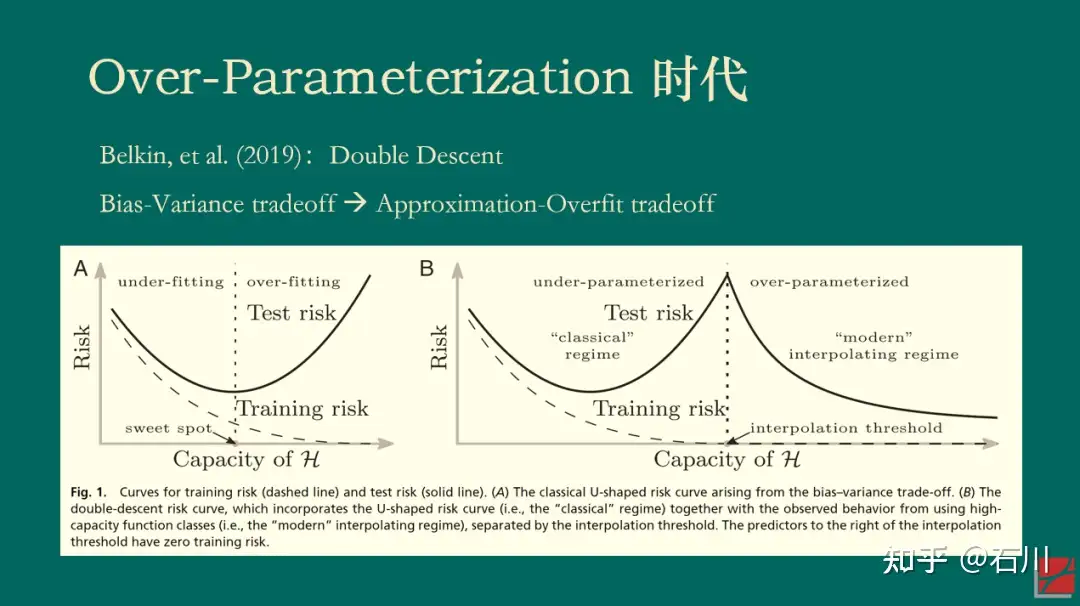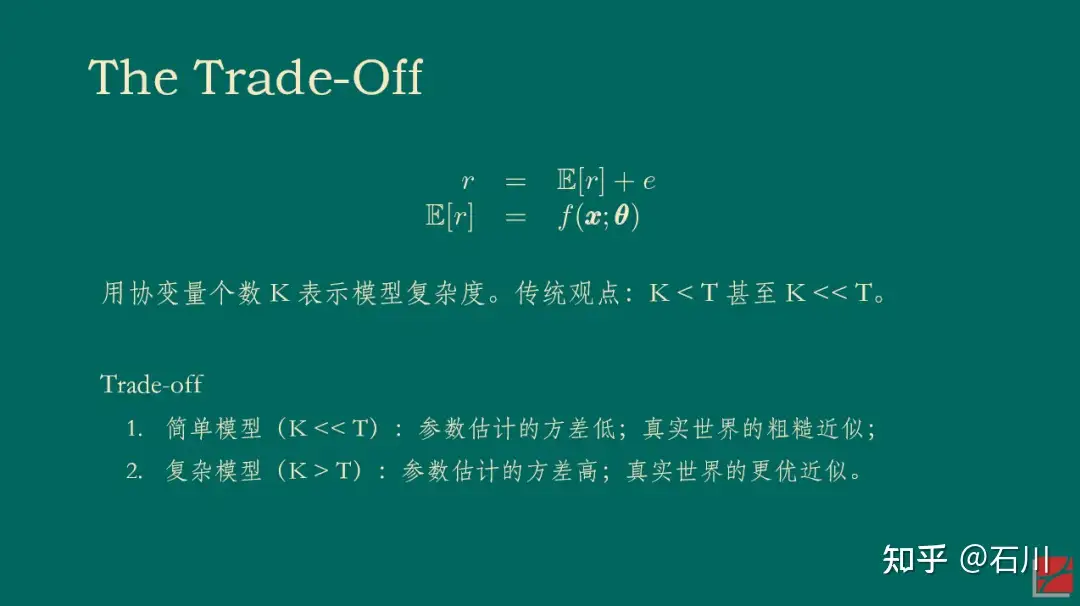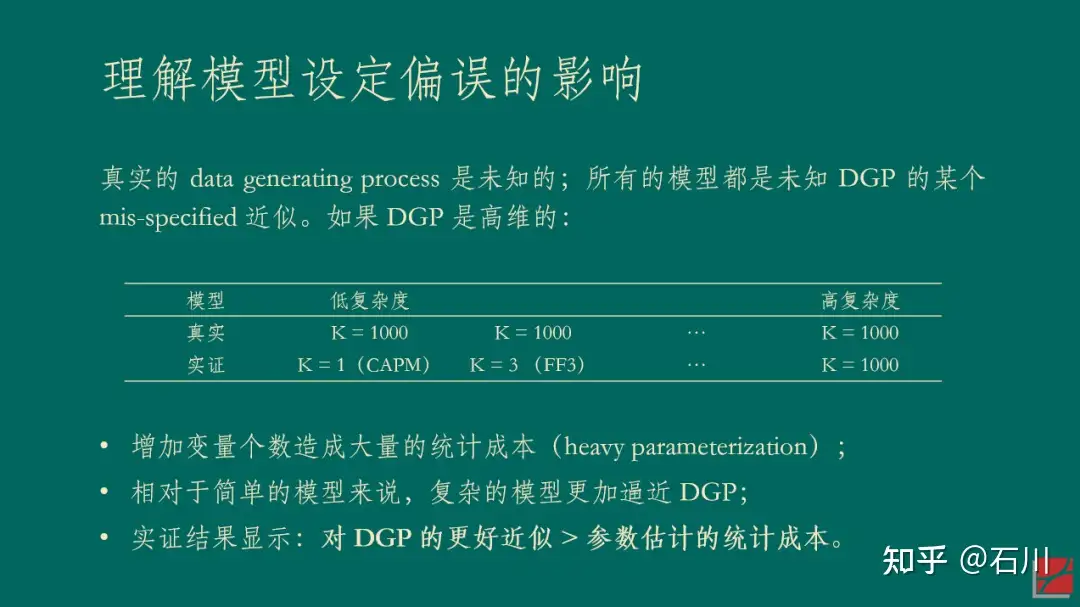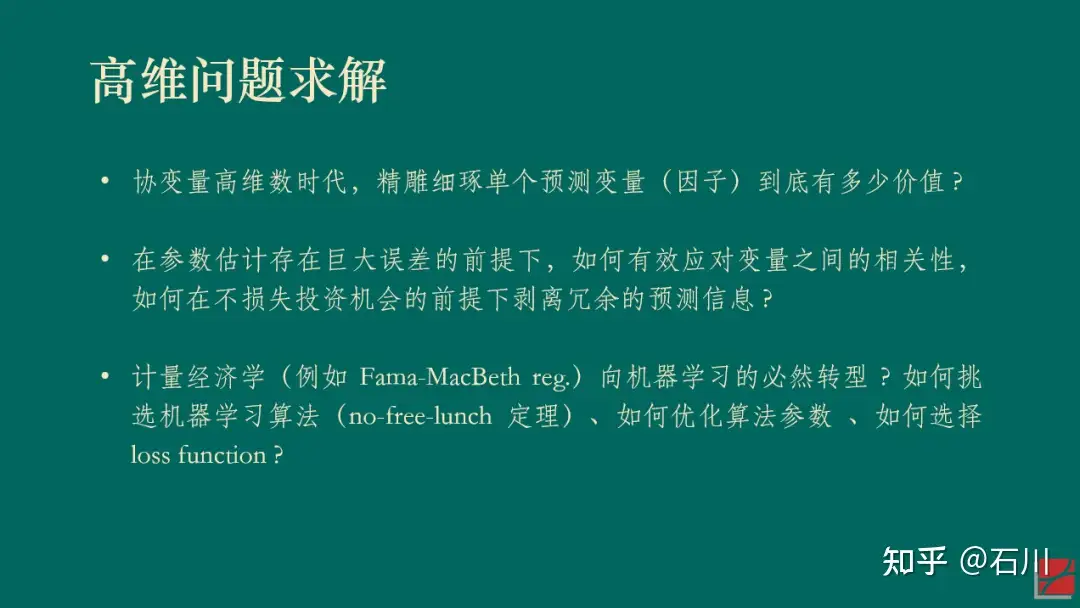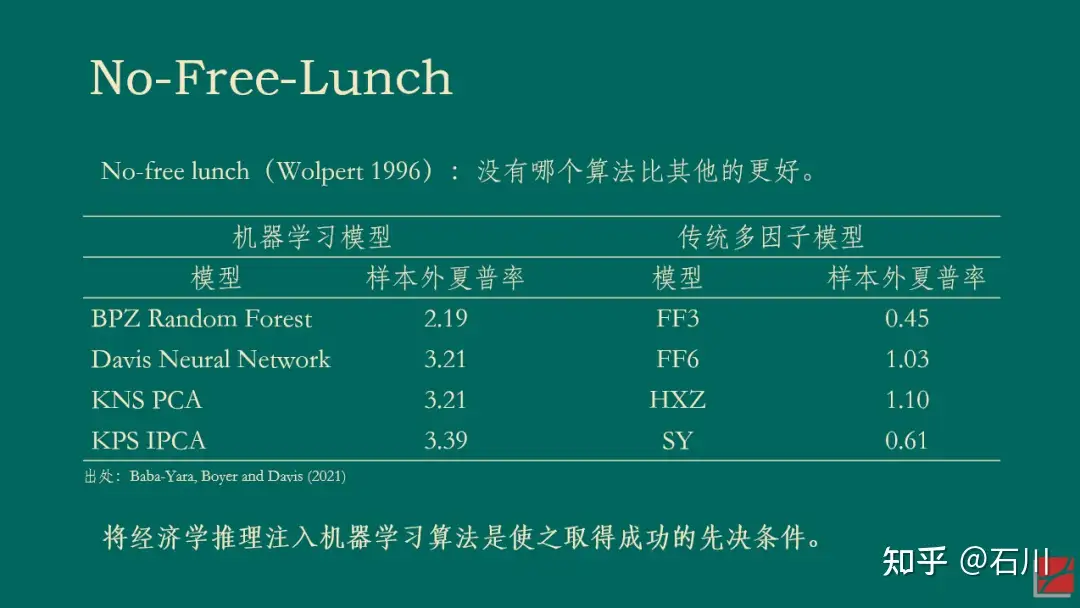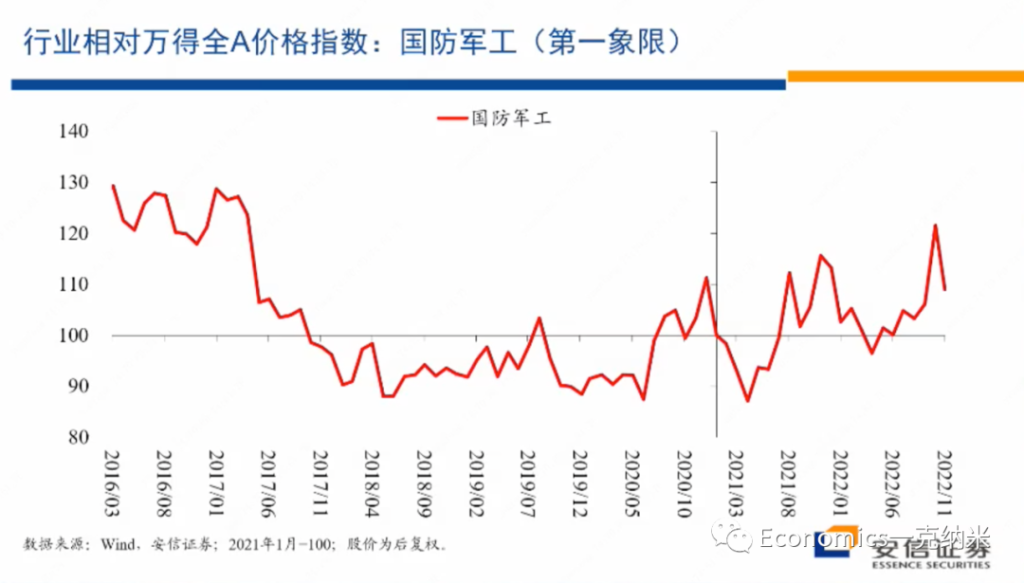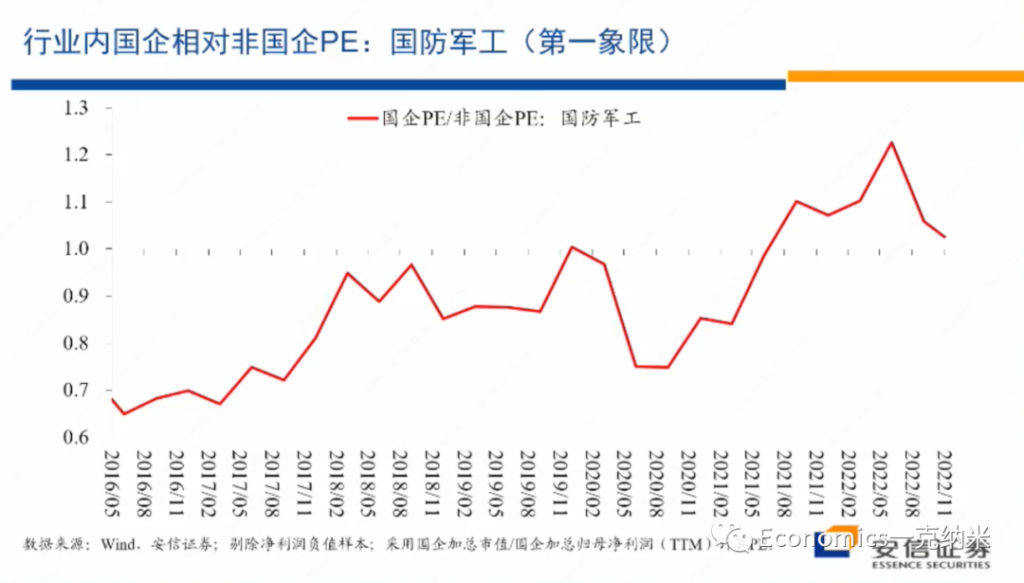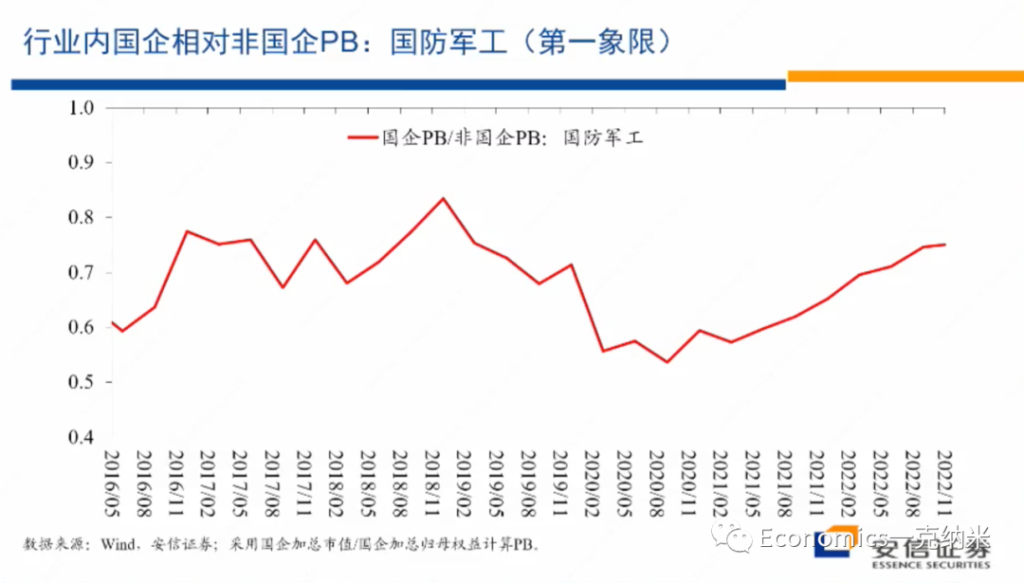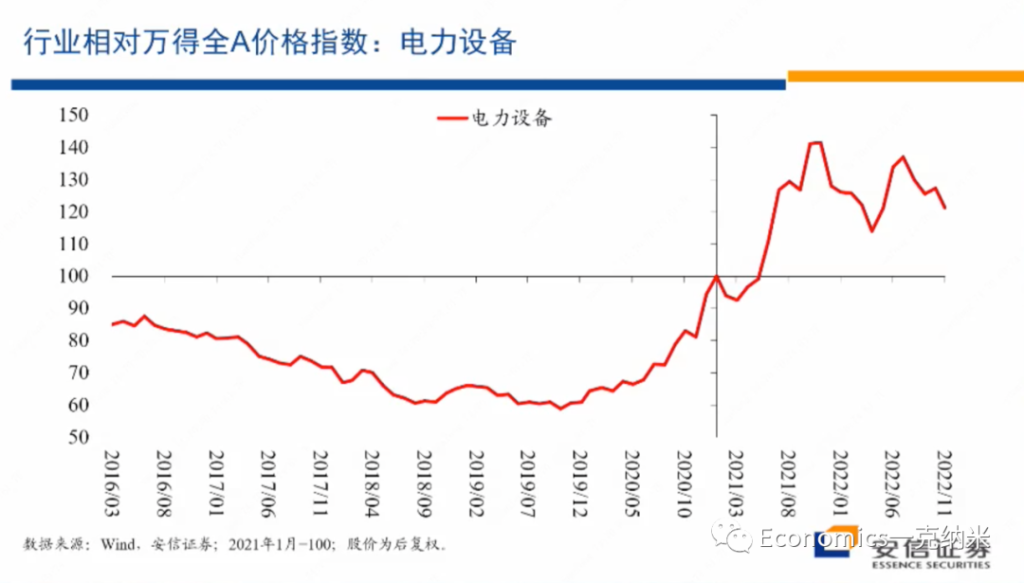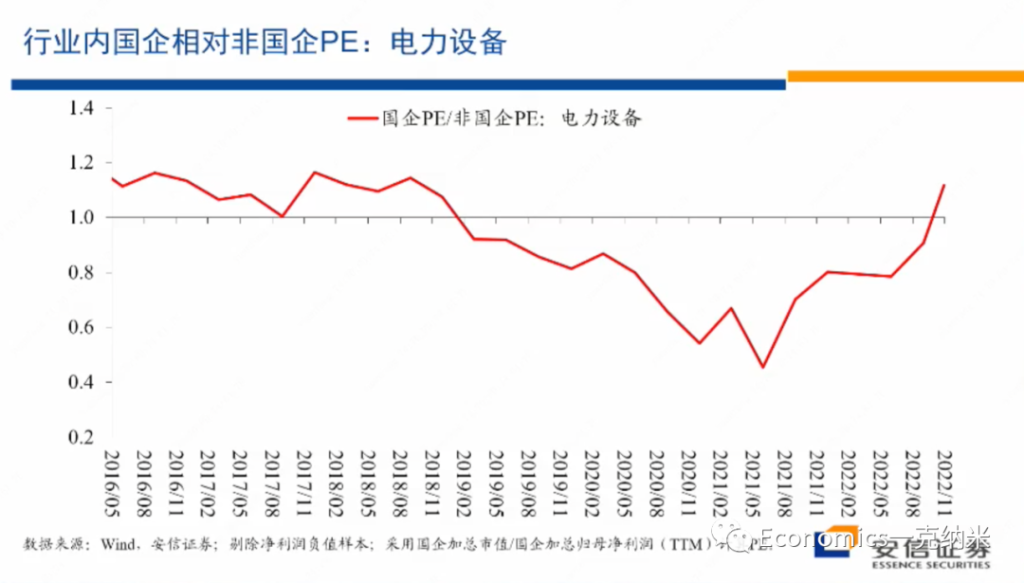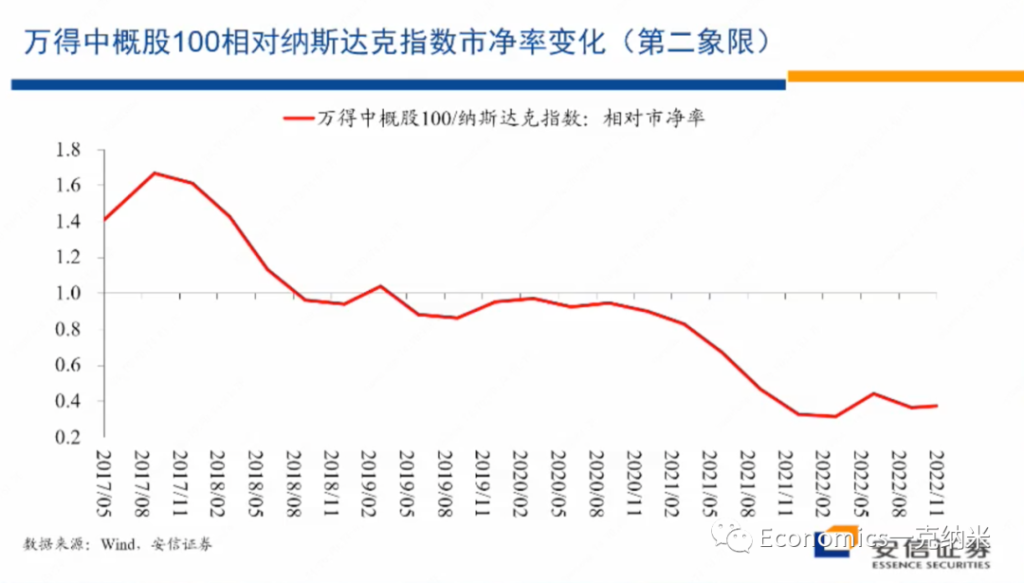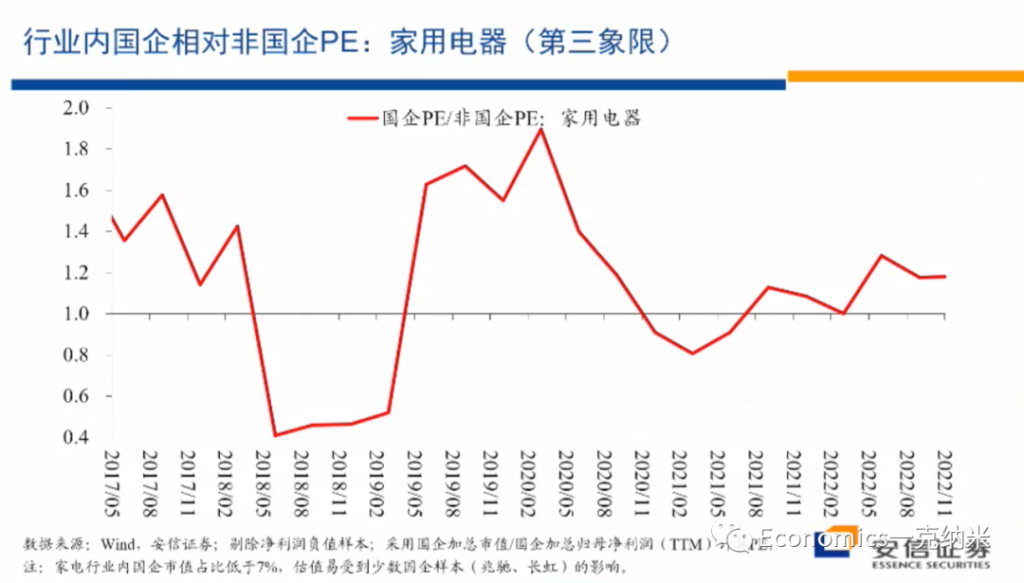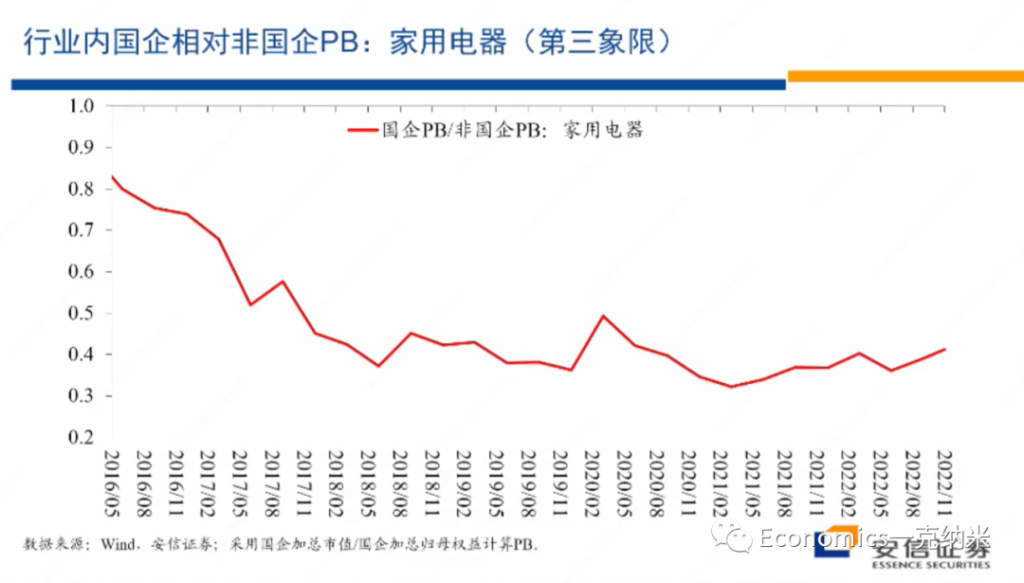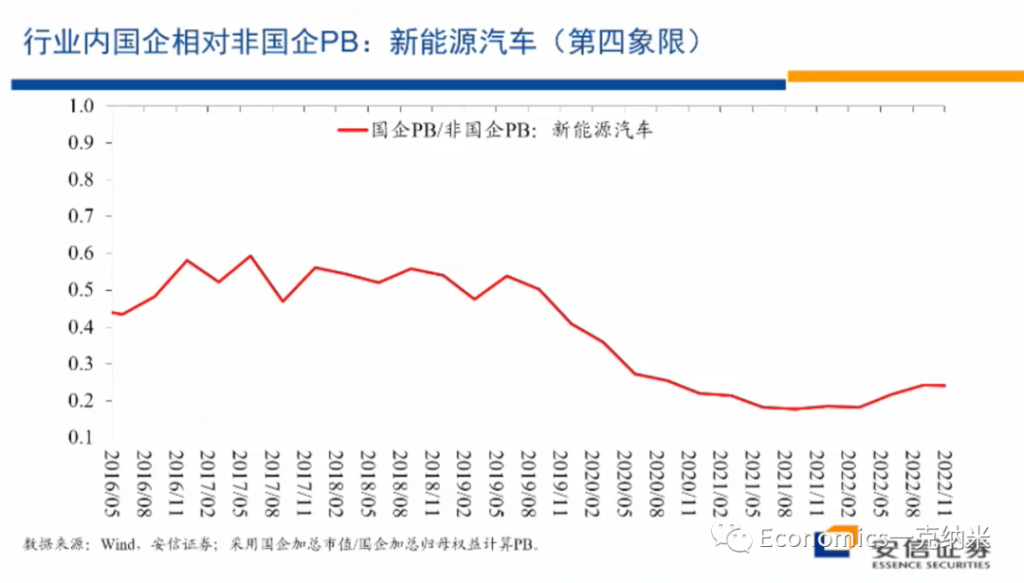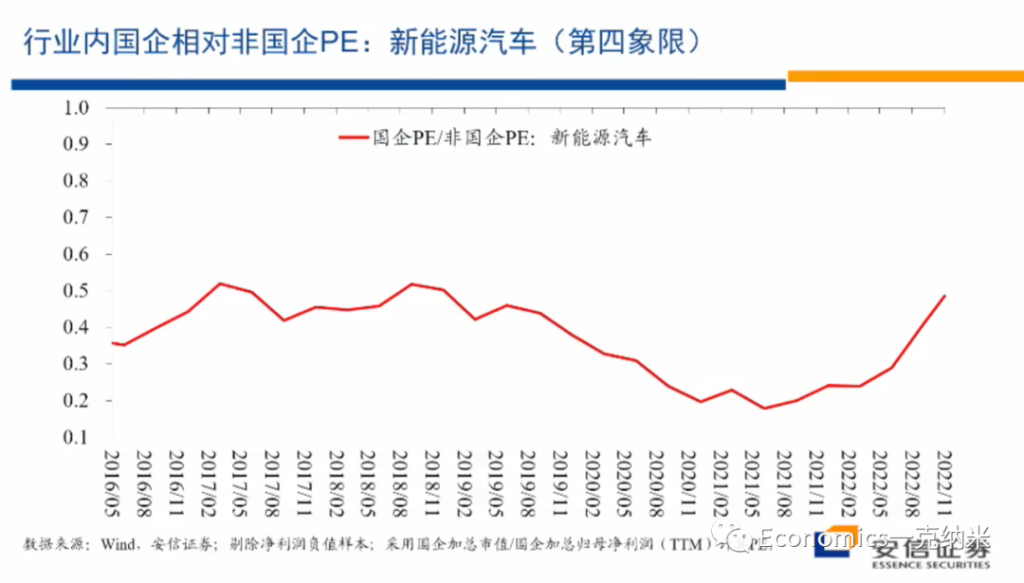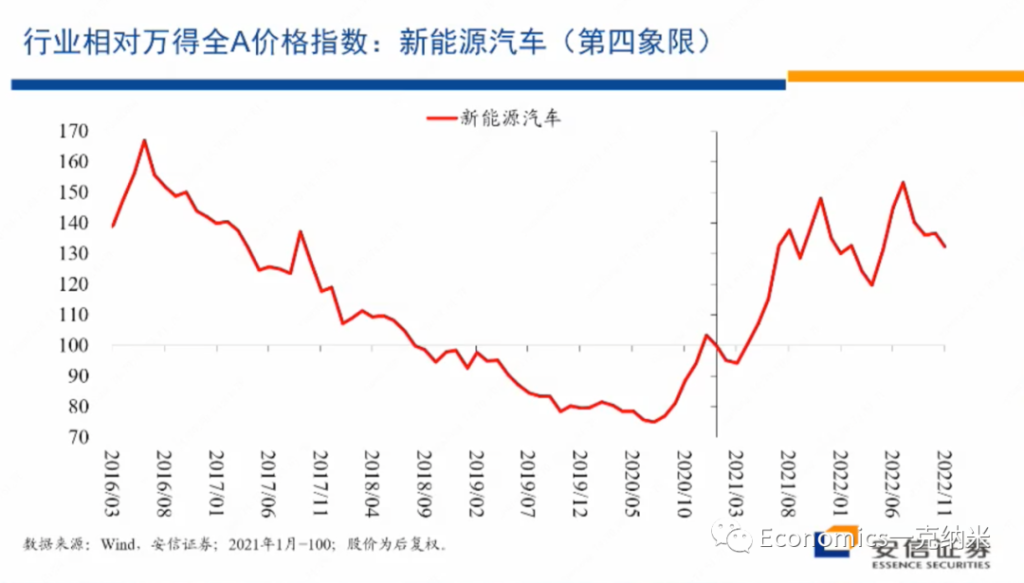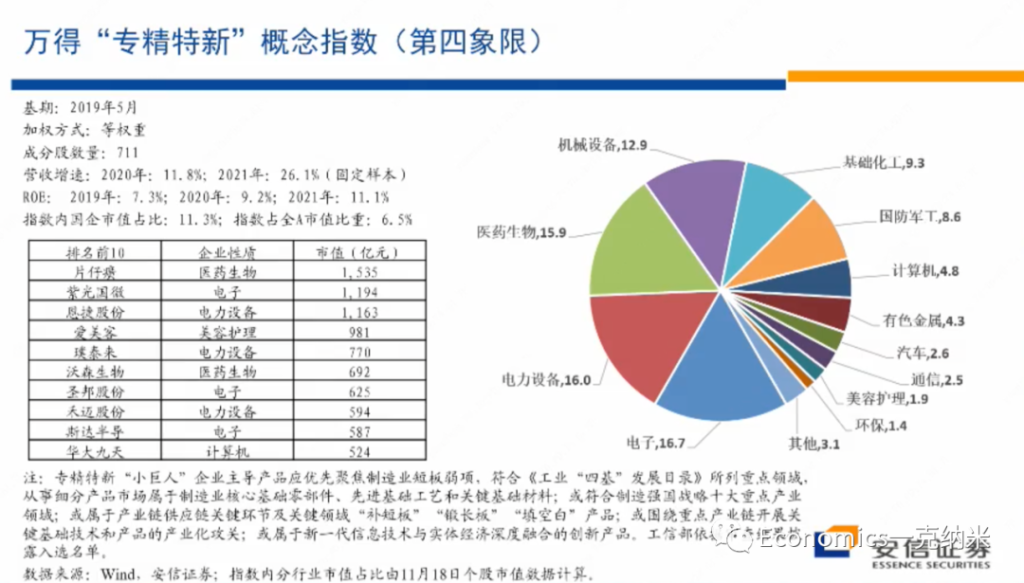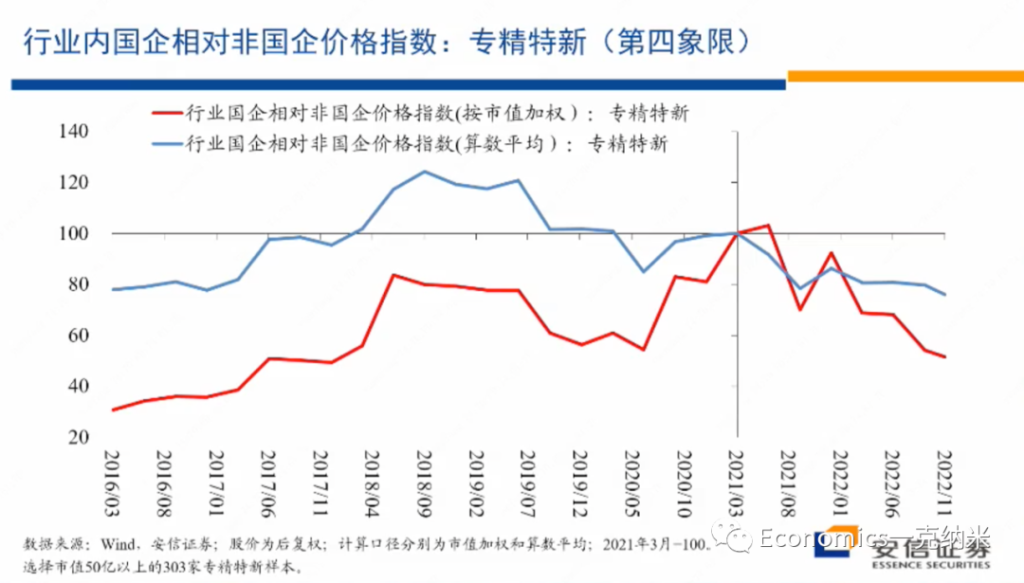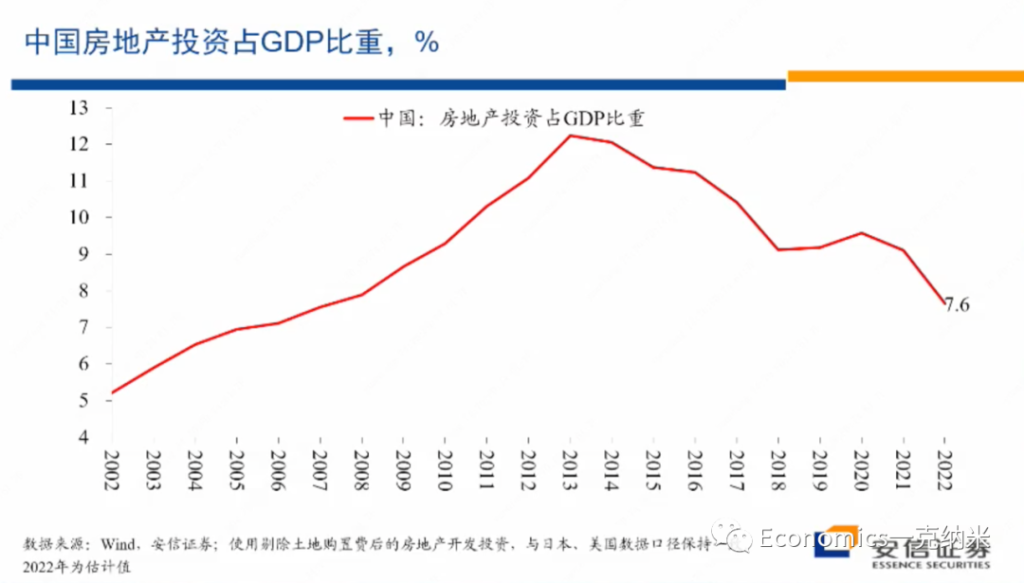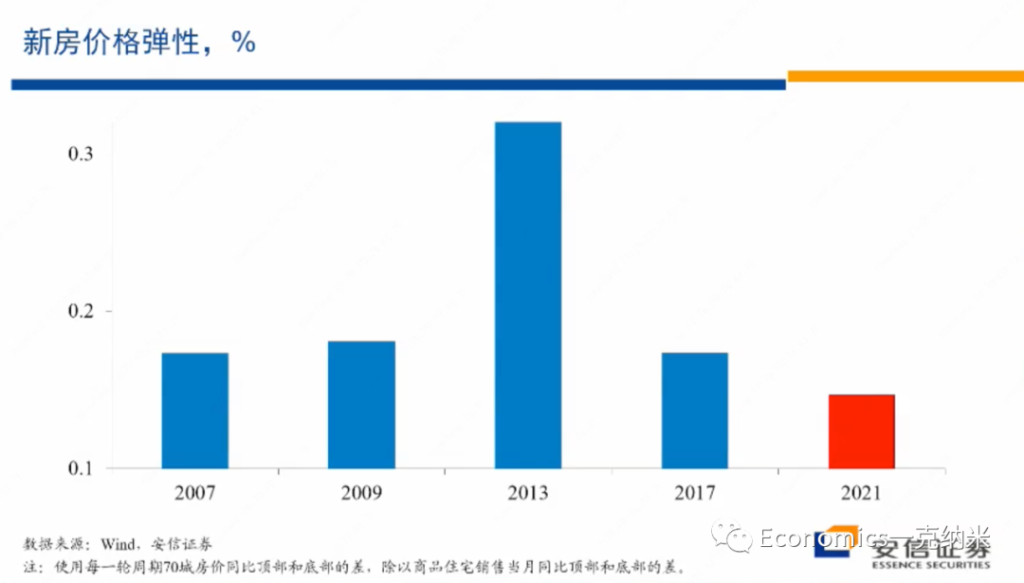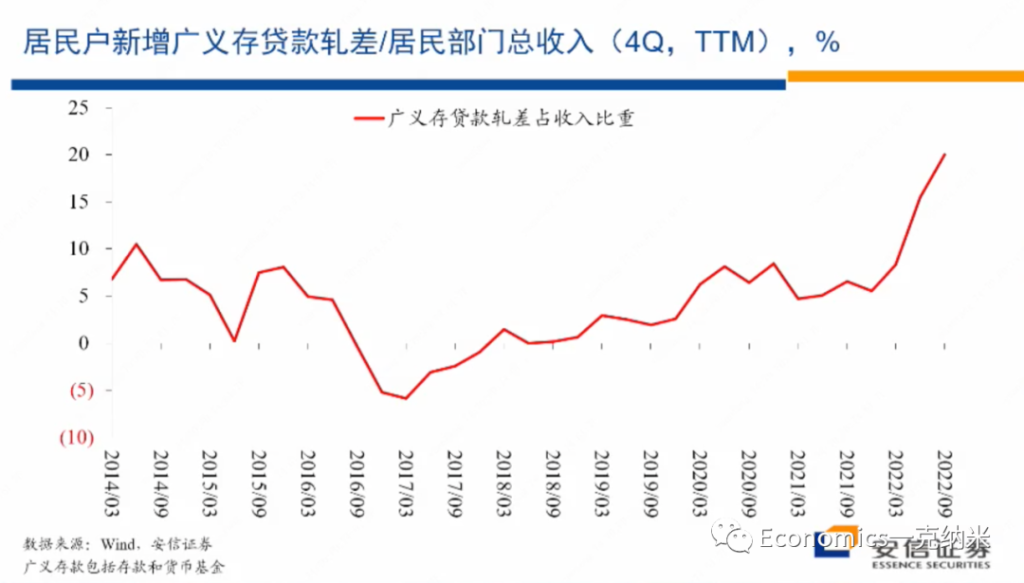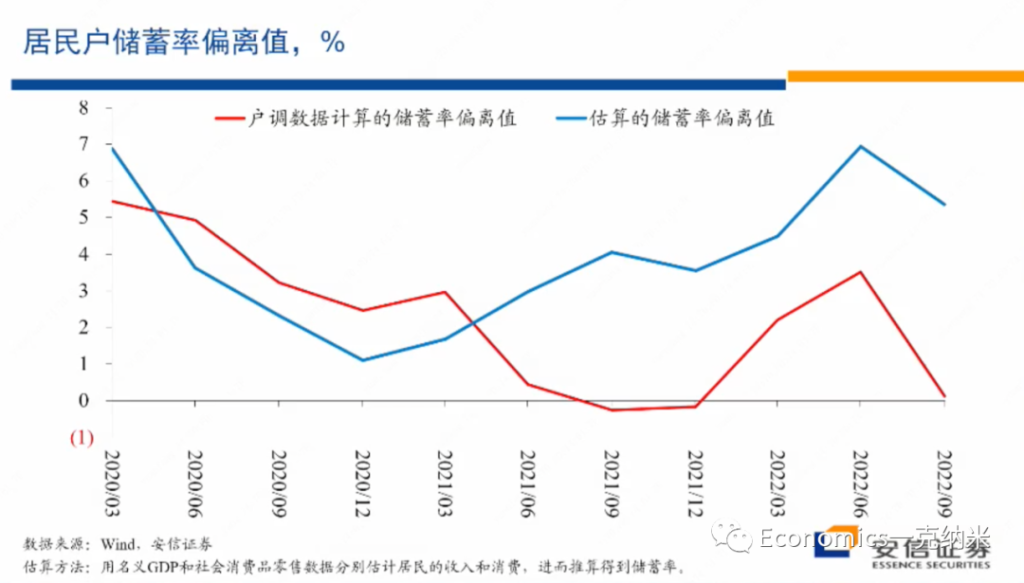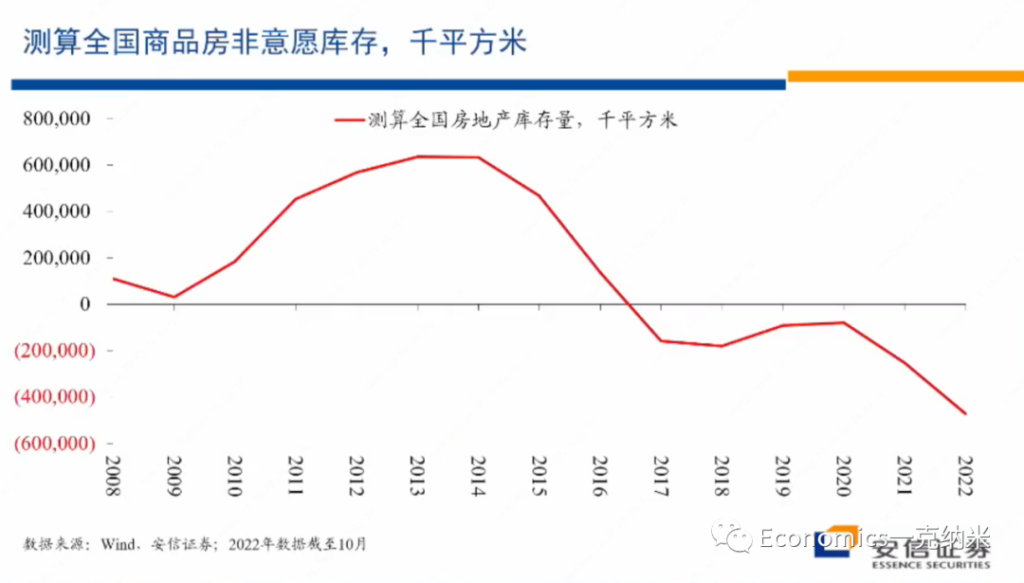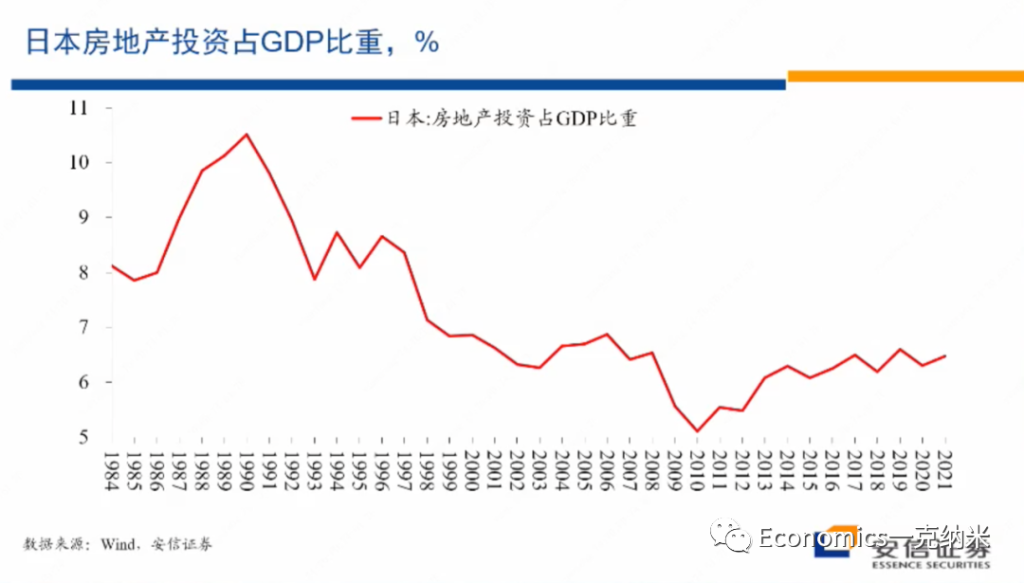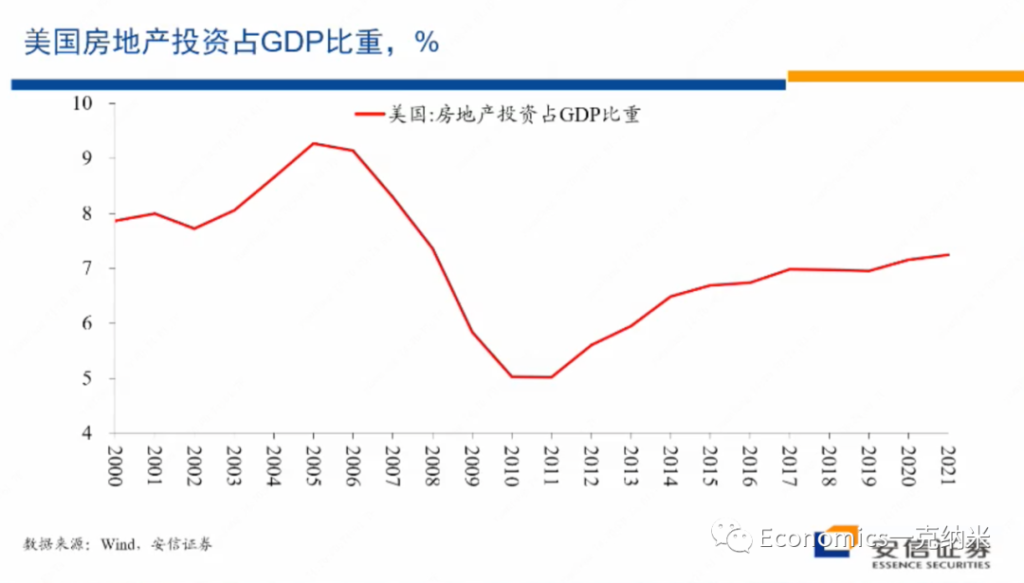by Marshall B. Rosenberg, PhD
The book is discussing about how to do compassionate communication, or Non-Volent Commutation. The abbreviation NVC.
1. Giving from the Heart
There raise two questions:
- What happens to disconnect us from our compassionate nature, leading us to behave violently and exploitative?
- What allows some people to stay connected to their compassionate nature under even the most trying circumstances?
NVC is a way of communicating that leads us to give from the heart.
We perceive relationships in a new light when we use NVC to hear our own deeper needs and those of others.
Generally, the book gives a NVC model with four components.
- (Part One) Observations. We observe what is actually happening in a situation.
The trick is to be able to articulate this observation without introducing any judgement or evaluation — to simply say what people are doing that we either like or don’t like.
-
(Part One) Feeling. We state how we feel when we observe this action, are we hurt scared, joyful, amused, irritated?
-
(Part One) Needs. We say what needs of ours are connected to the feelings we have identified.
-
(Part Two) Requests. The fourth component, requests, address what we are wanting from the other person that would enrich our lives or make life more wonderful for us.
We connect with people by first sensing what they are observing, feeling, and needing; then we discover what would enrich their lives by receiving the fourth piece — their request.
2. Communication That Blocks Compassion
- Moralistic Judgements.
One kind of life-alienating communication is the use of moralistic judgements that imply wrongness or badness on the part of people who don’t act in harmony with our values. (Don’t judge Good or Bad for others)
Don’t judge. Don’t do judgement, like “who is what”.
Analyses of others are actually expressions of our own needs and values.
It is important not to confuse value judgements and moralistic judgements. (We don’t do moralistic judgement, but can do value judgement).
- All of us make value judgements as to the qualities we value in life: for example, we might value honesty, freedom, or peace. Value judgements reflect our beliefs of how life can best to be served.
-
We make moralistic judgements of people and behaviours that fail to support our value judgement: for example, “Violence is bad. People who kill others are evil”
- Classifying and judging people promotes violence.
-
Make Comparisons.
Comparisons are a form of judgement. Making comparison blocks compassion.
-
Denial of Responsibility.
The use of the common expression have to, as in “There are some things you have to do, whether you like it or not”, illustrates how personal responsibility.
The phrase makes one feel, as in “You make me feel guilty”, is another example of how language facilitates denial of personal responsibility for our own feelings and thoughts.
-
Other Forms of Life-Alienating Communication.
Communicating our desires as demands is yet another form language that blocks compassion.
A demand explicitly or implicitly threatens listeners with blame or punishment if they fail to comply. It is a common form of communication in our culture, especially among those who hold positions of authority.
Thinking based on “Who deserves what” blocks compassionate communication.
Most of us grew up speaking a language that encourages us to label, compare, demand, and pronounce judgements rather than to be aware of what we are feeling and needing.
Four Components of NVC: Self-expression
3. Observing without Evaluating
The first component of NVC entails the separation of observation from evaluation.
- Observations are an important element in NVC, where we wish to clearly and honestly express how we are to another person. When we combine observation with evaluation, we decrease the likelihood that others will hear our intended message. Instead, they are apt to hear criticism and thus resist whatever we are saying .
-
NVC does not mandate that we remain completely objective and refrain from evaluating. It only requires that we maintain separation between our observations and our evaluations.
-
Don’t label even for positive words.
-
The highest form of human Intelligence.
The Indian philosopher J. Krishnamurti once remarked that observing without evaluating is the highest form of human intelligence.
-
Distinguishing Observations from Evaluations.
- The words always, never, ever, whenever, etc. express observations when used in the following ways
Whenever I have observed Jack on the phone, he as spoken for at least thirty minutes.
I cannot recall your ever writing to me.
- Sometimes such words are used as exaggerations, in which case observations and evaluations are being mixed:
You are always busy.
She is never there when she’s needed.
- When these words are used as exaggerations, they often provoke defensiveness rather than compassion.
Words like frequently and seldom can also contribute to confusing observation with evaluation.
4. Identifying and Expressing Feelings
The second component of NVC is to express how we are feeling.
- Feelings versus Non-feelings. The confusion, generated by the English language, is our use of the word feel without actually expressing a feeling.
Conversely, in the English language, it is not necessary to use the word feel at all when we are actually expressing a feeling: we can say, “I’m feeling irritated”, or simply “I’m irritated”.
So, distinguish between what we feel and what we think we are. Distinguish feelings from thoughts. For example,
- “I feel misunderstood“. The word “misunderstood” indicates the assessment of the other person’s level of understanding rather than any actual feeling.
- “I feel unimportant to the people with whom I work”. The word “unimportant” describes how I think others and evaluating me, rather than an actual feeling, which in this situation might be “I feel sad” or “I feel discouraged“.
- “I feel ignored”. The word “ignored” expresses how we interpret others, other than how we feel.
By developing a vocabulary of feelings that allows us to clearly and specifically name or identify our emotions, we can connect more easily with one another. Allowing ourselves to be vulnerable by expressing our feelings can help resolve conflicts.
5. Taking Responsibility for Our Feelings
The third component of NVC entails the acknowledgement of the root of our feelings.
NVC heightens our awareness that what others say and do may be the stimulus, but never the cause, of our feelings.
We see that our feelings result from how we choose to receive what others say and do, as well as from our particular needs and expectations in that moment. With this third component, we are led to accept responsibility for what we do to generate our own feelings.
- Four options for receiving negative messages:
- Blame ourselves
- Blame others
- Sense our own feelings and needs
- Sense others’ feelings and needs
We accept responsibility for our feelings, rather than blame other people, by acknowledging our own needs, desires, expectations, values, or thoughts.
-
The more we are able to connect our feelings to our own needs, the easier it is for others to respond compassionately.
Connect your feeling with your needs: “I feel … because I need …”
-
Distinguish between giving from the heart and being motivated by guilt.
The basic mechanism of motivating by guilt is to attribute the responsibility for one’s own feelings to others.
-
The needs at the Roots of Feelings.
Judgements of others are alienated expressions of our own unmet needs.
If someone says, “You never understand me,” they are really telling us that their need to be understood is not being fulfilled.
When we express our needs indirectly through the use of evaluations, interpretations, and images, others are likely to hear criticism. And when people hear anything that sounds like criticism, they tend to invest their energy in self-defense or counterattack.
So, what shall we do is to express our needs, and we would have a better chance of getting the needs met, as it would be easier for others to respond to us compassionately. And, if we don’t value our needs, others may not either.
-
From Emotional Slavery to Emotional Liberation.
- Stage 1: Emotional Slavery. W see ourselves responsible for others’ feelings.
We think we must constantly strive to keep everyone happy. Taking responsibility for the feelings of others can be very detrimental to intimate relationships.
- Stage 2: The obnoxious stage. We feel angry; we no longer want to be responsible for others’ feelings.
We become aware of the high costs of assuming responsibility for others’ feelings and trying to accommodate them at our own expense.
We tend toward obnoxious comments like, “Thant’s your problem! I’m not responsible for your feelings” when presented with another person’s pain.
- Stage 3: Emotional Liberation. We take responsibility for our intentions and actions.
We respond to the needs of others out of compassion, never out of fear, guilt, or shame.
6. Requesting That Which Would Enrich Life.
The fourth and final component of this process addresses what we would like to request of others in order to enrich life for us.
- Using positive Action Language.
We express what we are requesting rather than what we are not requesting. Do not request a “don’t”. Because “How do you do a don’t”? All I know is I feel won’t we I’m told to do a don’t.
-
Tell others what to do, while requesting. Don’t be vague.
In addition to using positive language, we also want to word our requests in the form of concrete actions that others can undertake and to avoid vague, abstract, or ambiguous phrasing.
Making requests in clear, positive, concrete action language reveals what we really want. Don’t make vague language, as vague language contributes to internal confusion.
For example, instead of saying “I want you to feel free to express yourself around me” , “I’d like you to tell me what I might do to make it easier for you to feel free to express yourselves around me”.
The first sentence do not actually tell the other to express what.
-
Making Requests Consciously.
When we simply express our feelings, it may not be clear to the listener what we want them to do.
We are often not conscious of what we are requesting. We talk to others or at them without knowing how to engage in a dialogue with them. We toss out words, using the presence of others as a wastebasket. In such situations, the listener, unable to discern a clear request in the speaker’s words, may experience the kind of distress.
Requests may sound like demands when unaccompanied by the speaker’s feelings and needs.
The clearer we are about what we want, the more likely it is that we’ll get it.
-
Asking for a Reflection.
To make sure the message we sent is the message that’s received, ask the listener to reflect it back.
Express appreciation when your listener tries to meet your request for a reflection.
When we first begin asking others to reflect back what they hear us say, it may feel awkward and strange because such requests are rarely made. When I emphasize the importance of our ability to ask for reflections, people often express reservations. They are worried about reactions like, “What do you think I am — deaf?” or, “Quit playing your psychological games.” To prevent such responses, we can explain to people ahead of time why we may sometimes ask them to reflect back our words. We make clear that we’re not testing their listening skills, but checking out whether we’ve expressed ourselves clearly.
-
Requesting Honesty
After we express ourselves vulnerably, we often want to know:
- What the listener is feeling.
We’d like to know the feelings that are stimulated by what we said, and the reasons for those feelings. For example, by asking. “I would like you to tell me how you fell about what I just said, and your reasons for feeling as you do”.
-
What the listener is thinking.
Specify which thoughts we’d like them to share. For example, we might say, “I’d like you to tell me if you predict that my proposal would be successful, and if not, what you believe would prevent its success.” rather than simply saying, “I’d like you to tell me what you think about what I’ve said.” When we don’t specify which thoughts we would like to receive, the other person may respond at great length which thoughts that aren’t the ones we are seeking.
-
Whether the listener would be willing to take a particular action.
For example, by asking, “I would like you to tell me if you would be willing to postpone our meeting for one week.”
- What the listener is feeling.
-
Requests versus Demands
Requests are good, while Demands are bad.
Our requests are received as demands when others believe they will be blamed or punished if they do not comply. When people hear a demand, they see only two options: submission or rebellion. Either way, the person requesting is perceived as coercive, and the listener’s capacity to respond compassionately to the request is diminished.
The more we have in the past blamed, punished, or “laid guilt trips” on others when they haven’t responded to our requests, the higher the likelihood that our requests will now be heard as demands. We also pay for others’ use of such tactics. To the degree that people in our lives have been blamed, punished, or urged to feel guilty for not doing what others have requested, the more likely they are to carry this baggage to every subsequent relationship and hear a demand in any request.
It’s a demand if the speaker then lays a guilt trip.
We can help others trust that we are requesting, not demanding by indicating that we would only want them to comply if they can do so willingly. Thus we might ask, “Would you be willing to see the table?” rather than “I would like you to set the table.” However, the most powerful way to communicate that we are making the most powerful way to communicate that we are making a genuine request is to empathise with people when they don’t agree to the request.
-
Defining our objective when making requests.
Expressing genuine requests also requires an awareness of our objective. If our objective is only to change people and their behaviour or to get our way, then NVC is not an appropriate tool.
The objective of NVC is not to change people and their behaviour in order to get our way; it is to establish relationships based on honesty and empathy that will eventually fulfill everyone’s needs.
Our objective is a relationship based on honesty and empathy.
Four Components of NVC: Apply to others
7. Receiving Emphatically
We refer the communication process that contains observing, feeling, needing, and requesting, as receiving emphatically
- Empathy is not just hearing.
The hearing that is only in the ears is one thing. The hearing of the understanding is another. But the hearing of the spirit is not limited to any one faculty, to the ear, or to the mind.
Bad: give advice or reassurance and to explain our own position or feeling.
Good: The true empathy requires us to focus full attention on the other person’s message. We give to others the time and space they need to express themselves fully and to feel understood.
Intellectual understanding blocks empathy. Questions such as, “when did this begin?” constituted the most frequent response; they give the appearance that the professional is obtaining the information necessary to diagnose and then treat the problem. In fact, such intellectual understanding of a problem blocks the kind of presence that empathy requires.
The key ingredient of empathy is presence: we are wholly present with the other party and what they are experiencing.
-
Listening for feelings and needs.
No matter what words people use to express themselves, we listen for their (1)observations, (2)feelings, (3)needs, and (4)requests.
To listen to what people are needing rather than what they are thinking. People would be less threatening if you hear what they’re needing rather than what they’re thinking about you. Instead of hearing that he’s unhappy because he thinks you don’t listen, focus on what he’s needing by saying, “Are you unhappy because you are needing…”
-
Paraphrasing.
After we focus our attention and hear what others are observing feeling, and needing and what they are requesting to enrich the lives, we may wish to reflect back by paraphrasing what we understood.
Advantages:
- If we have accurately received the other party’s message, our paraphrasing will confirm this for them. If, on the other hand, the paraphrase is incorrect, we give the speaker an opportunity to correct us.
- Paraphrasing offer people time to reflect on what they’ve said and an opportunity to delve deeper into themselves.
How to Do: Paraphrasing take the form of questions that reveal our understanding while eliciting any necessary corrections from the speaker.
Questions may focus on these components:
- What others are observing: “Are you reacting to how many evenings I was gone last week?”
- how others are feeling and the needs generating their feelings: “Are you feeling hurt because you would have liked more appreciation of your efforts than you received?”
- what others are requesting: “Are you wanting me to tell you my reasons for saying what I did?”
- Do the questions like above, not the followings, as the above invite others’ corrections.
1.“What did I do that you are referring to?” 2. “How are you feeling?” “Why are you feeling that way?” 3. “What are you wanting me to do about it?”
This second set of questions asks for information without first sensing the speaker’s reality.
When asking for information, first express our own feelings and needs. Because schoolteacher types questions are too straight forward. People would prefer questions that reveals the feelings and needs within ourselves, and show feelings make people feel safer.
i.e. Instead of asking “What did I do?”, we might say, “I’m frustrated because I’d like to be clearer about what you are referring to. Would you be willing to tell me what I’ve done that leads you to see me in this way”
-
Sustaining Empathy.
I recommend allowing others the opportunity to fully express themselves before turning our attention to solutions or requests for relief. When we proceed too quickly to what people might be requesting, we may not convey our genuine interest in their feelings and needs; instead, they may get the impression that we’re in a hurry to either be free of them or to fix their problem.
By maintaining our attention on what’s going on within others, we offer them a chance to fully explore and express their interior selves.
We know a speaker has received adequate empathy when (1) we sense a release of tension, or (2) the flow of words comes to a halt.
8. The Power of Empathy
Empathy allows us “to re-perceive [our] world in a new way and to go on.”
- Empathy and the Ability to Be Vulnerable
Because we are called to reveal our deepest feelings and needs, we may sometimes find it challenging to express ourselves in NVC.
Self-expression becomes easier, however, after we empathise with others, because we will then have touched their humanness and realized the common qualities we share. The more we connect with the feelings and needs behind their words, the less frightening it is to open up to other people.
-
Empathy for Silence
Empathise with silence by listening for the feelings and needs behind it.
9. Connecting Compassionately with Ourselves
-
Translating Self-Judgements and Inner Demands.
Self-judgements, like all judgements, are tragic expressions of unmet needs.
A basic premise of NVC is that whenever we imply that someone is wrong or bad, what we are really saying is that he or she is not acting in harmony with our needs. If the person we are judging happens to be ourselves, what we are saying is, “I myself am not behaving in harmony with my own needs.” I am convinced that if we learn to evaluate ourselves in terms of whether and how well our needs are being fulfilled, we are much more likely to learn from the evaluation.
-
NVC Mourning
Mourning in NVC is the process of fully connecting with the unmet needs and the feelings that are generated when we have been less than perfect. It is an experience of regret, but regret that helps us learn from what we have done without blaming or hating ourselves.
We can train ourselves to recognise judgemental self-talk and to immediately focus our attention on the underlying needs.
-
Self-Forgiveness.
When were listen emphatically to ourselves, we will be able to hear the underlying need. Self-forgiveness occurs the moment this emphatic connection is made.
NVC Self-Forgiveness: connecting with the need we were trying to meet when we took the action that we now regret.
The process of mourning and self-forgiveness frees us in the direction of learning and growing.
-
Don’t Do Anything That Isn’t Play
Do things that are playful. We want to take action out of the desire to contribute to life rather than out of fear, guilt, shame, or obligation. Here are some possible ways:
- Translating “Have to” to “Choose to”
With every choice you make, be conscious of what need it serves.
-
Cultivating Awareness of the Energy Behind Our Actions.
Consider the statement “I choose to … because I want …”. Be careful with the important values behind the choices you have made.
- For Money
- For Approval
- To Escape Punishment
- To Avoid Shame
- To Avoid Guilt
- To Satisfy A Sense of Duty
- Translating “Have to” to “Choose to”
10. Expressing Anger Fully
-
The Core of Anger
All angers are as a result of life-alienating, violence-provoking thinking. At the core of all anger is the need that is not being fulfilled. Thus anger can be valuable if we use it as an alarm clock to wake us up — to realise we have a need that isn’t being met and that we are thinking in a way that makes it unlikely to be met.
-
Four Steps to Expressing Anger.
- Stop and do nothing except to breathe. We refrain from making any move to blame or punish the other person. We simply stay quiet.
- Identify the thoughts that are making us angers
- Connect with our needs. We know that all judgements are tragic expressions of unmet needs, so we take the next step and connect to the needs behind those thoughts.
- Express our feelings and unmet needs. We open our mouth and speak the anger — but the anger has been transformed into needs and need-connected feelings.
- Offering Empathy First.
Another step needs to take place before we can expect the other party to connect with what is going on in us. Offer Empathy First.
- The more we hear them, the more they’ll hear us.
-
Stay conscious of the violent thoughts that arise in our minds, without judging them.
-
When we hear another person’s feelings and needs, we recognise our common humanity.
11. Conflict Resolution and Mediation
This topics is regarding addressing how to apply NVC in resolving conflicts.
- Human Connection.
Create connection between the people who are in conflict is the most important thing.
-
Steps.
- Express our own needs.
- Seek the real needs of the other person. Seek the need behind their words, the need underneath what they are saying.
- Verify that we both accurately recognise the other person’s needs.
- Provide as much empathy, mutually hearing each other’s needs accurately.
- Propose strategies for resolving the conflict.
P.S. Avoid the use of language that implies wrongness. Listen to each other with utmost care.
-
On Needs, Strategies, and Analysis.
Fundamentally, needs are the resources life requires to sustain itself. Consider difference between a person’s needs and his or her strategy for fulfilling them, and make strategies.
Sensing others’ needs, no matter what they’re saying.
Using present and positive action language to resolve conflict.
The use of NVC to resolve conflict differs from traditional mediation methods; instead of deliberating over issues, strategies, and means of compromise, we concentrate foremost on identifying the needs of both parties, and only then seek strategies to fulfill those needs.
We start by forging a human connection between the parties in conflict. Then we ensure that both parties have the opportunity to fully express their needs, that they carefully listen to the other person’s needs, and that once the needs have been heard, they clearly express doable action steps to meet those needs. We avoid judging or analysing the conflict and instead remain focused on needs.
When one party is in too much pain to hear the needs of the other, we extend empathy, taking as long as necessary to ensure that the person knows their pain is heard. We do not hear “no” as a rejection but rather as an expression of the need that is keeping the person from saying “yes”. Only after all needs have been mutually heard, do we progress to the solution stage: making doable request using positive, action language.
When we assume the role of mediating a conflict between two other parties, the same principles apply. In addition, we keep careful track of progress, extend empathy where needed, keep the conversation focused on the present, moving it forward, and interrupting where necessary to return to the process.
With these tools and understanding, we can practice and help others resolve even long-standing conflicts to their mutual satisfaction.
12. The Protective Use of Force
In situations where there is no opportunity for communication, such as in instances of imminent danger, we may need to resort to the protective use of force. The intention behind the protective use of force is to prevent injury or injustice, never to punish or to cause individuals to suffer, repent, or change. The punitive use of force tends to generate hostility and to reinforce resistance to the very behaviour we are seeking. Punishment damages goodwill and self-esteem, and shifts our attention from the intrinsic value of an action to external consequences. Blaming and punishing fail to contribute to the motivations we would like to inspire in others.
13. Liberating Ourselves and Counselling Others.
Apply the NVC to ourselves, in order to enhances inner communication by helping us translate negative internal messages into feelings and needs. Our ability to distinguish our own feelings and needs and to empathise with them can free us from depression.
14. Expressing Appreciation in Nonviolent Communication
Research shows that if a manager compliments employees, they work harder. And the same goes for schools: if teachers praise students, they study harder. The author have reviewed this research, and find that recipients of such praise do work harder, but only initially. Once they sense the manipulation behind the appreciation, their productivity drops.
When we use NVC to express appreciation, it is purely to celebrate, not to get something in return.
- The Three Components of Appreciation
- the actions that have contributed to our well-being;
- the particular needs of ours that have been fulfilled;
- the pleasureful feelings engendered by the fulfilment of those needs
The sequence of these ingredients may vary; sometimes all three can be conveyed by a smile or a simple “Thank you.” However, if we want to ensure that our appreciation has been fully received, it is valuable to develop the eloquence to express all three components verbally.
-
We shall overcome the reluctance to express appreciation.
-
When we receive appreciation expressed in this way, we can do so without any feeling of superiority or false humility—instead we can celebrate along with the person who is offering the appreciation.
